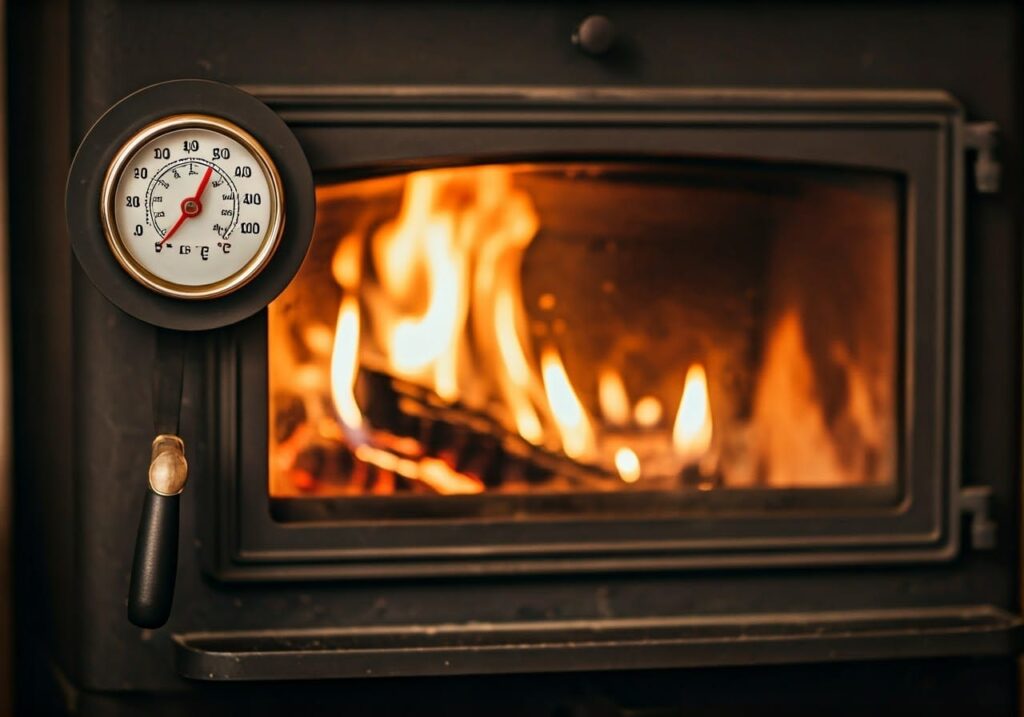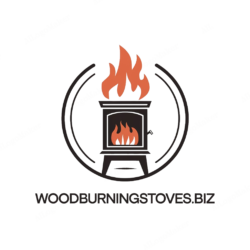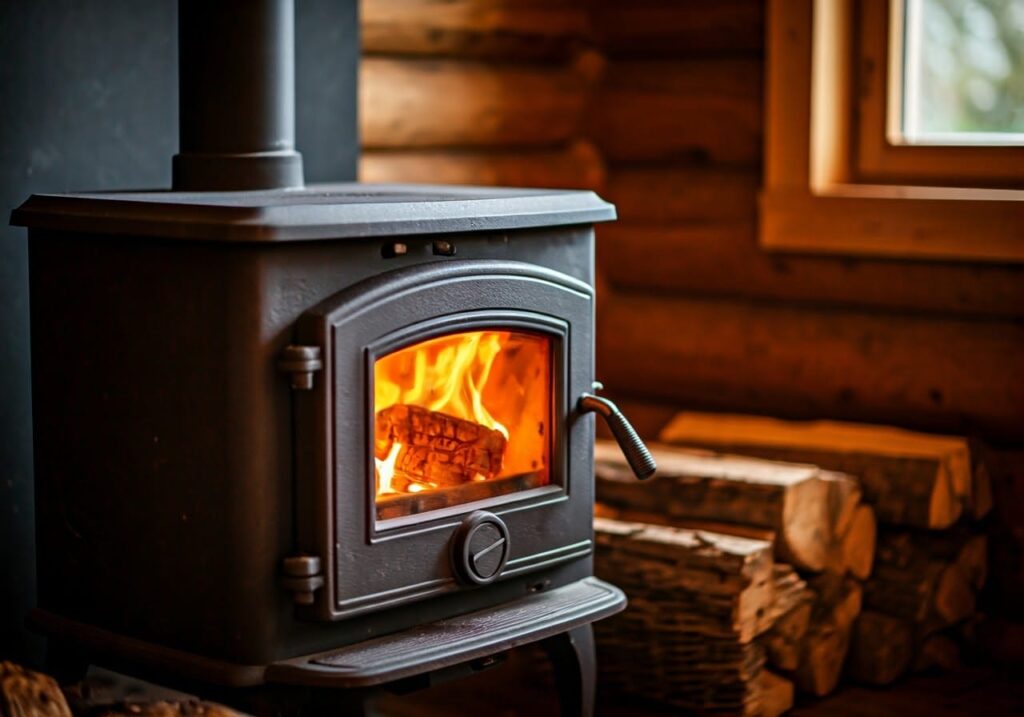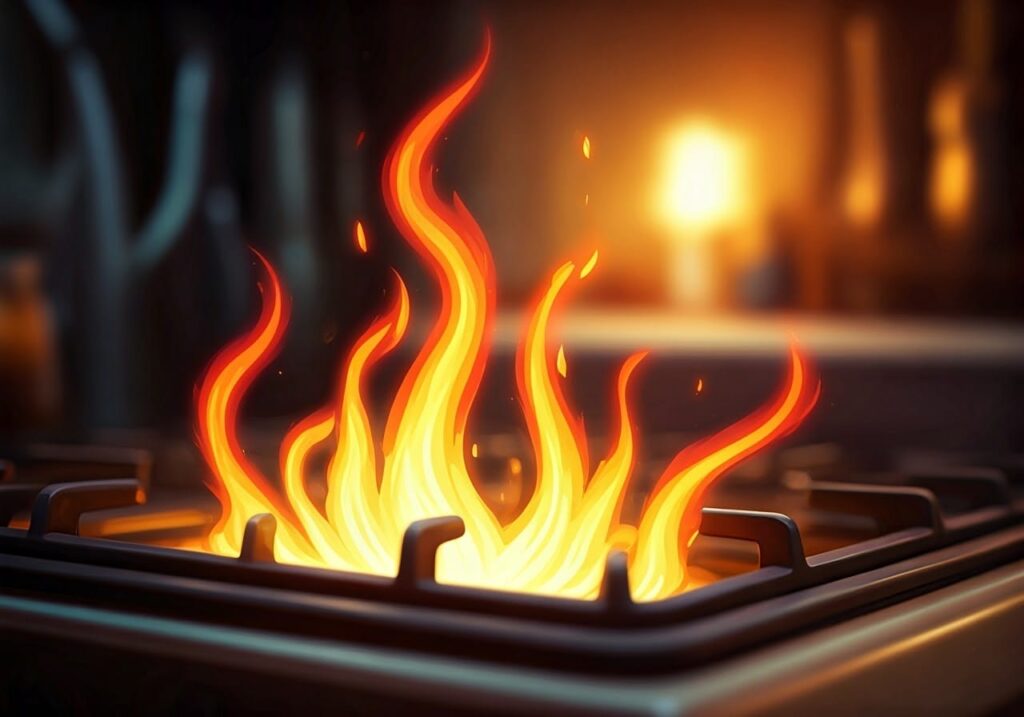
In an era of rising heating costs, getting the most heat from your wood-burning stove isn’t just about comfort—it’s about efficiency and economy. While wood stoves are already more efficient than traditional fireplaces, understanding how to optimize their performance can dramatically improve your heating results and reduce fuel consumption. This comprehensive guide will walk you through proven techniques to maximize your stove’s heat output while maintaining safe operation.
Understanding Heat Generation Basics
Before diving into specific optimization techniques, it’s crucial to understand how your wood stove generates and distributes heat. This foundational knowledge will help you make informed decisions about each aspect of stove operation and maintenance.
The Three Types of Heat Transfer
Your wood stove utilizes multiple methods to warm your space, and understanding each one helps you optimize overall performance:
Radiant Heat
- Direct infrared radiation
- Immediate warming effect
- Line-of-sight heating
- Most effective at close range
Convection Heat
- Air circulation patterns
- Room-wide distribution
- Gradual temperature increase
- More even heat spread
Conductive Heat
- Material-to-material transfer
- Hearth heat storage
- Extended warming effects
- Thermal mass benefits
Fuel Selection and Preparation
The quality and preparation of your firewood dramatically impacts your stove’s heat output. This section explores how to select and prepare the ideal fuel for maximum efficiency.
Wood Selection Principles
Not all wood is created equal when it comes to heating efficiency. Understanding these differences helps you make optimal fuel choices:
Optimal Wood Types
- Hardwood characteristics
- Density considerations
- BTU ratings comparison
- Seasonal availability
Moisture Content Management
- Proper seasoning time
- Moisture meter usage
- Storage requirements
- Impact on heat output
Fire Building Techniques
The way you build and maintain your fire directly affects heat output. These proven methods maximize both initial and sustained heat production.
Strategic Fire Construction
Creating an efficient fire requires more than just piling wood and lighting it:
Foundation Layout
- Proper air spacing
- Kindling arrangement
- Log positioning
- Starting techniques
Progressive Building
- Initial fire establishment
- Adding fuel strategically
- Maintaining optimal size
- Avoiding overloading
Airflow Optimization
Proper air management is perhaps the most crucial factor in maximizing heat output. Understanding and controlling airflow helps you maintain optimal burning conditions.
Understanding Air Controls
Modern wood stoves offer multiple air control options that affect different aspects of combustion:
Primary Air
- Initial combustion control
- Starting fire management
- Base heat regulation
- Burn rate adjustment
Secondary Air
- Smoke reburning
- Efficiency improvement
- Clean glass maintenance
- Emission reduction
Temperature Management
Maintaining optimal operating temperatures ensures maximum heat output while protecting your stove from damage.
Temperature Zones
Different parts of your stove operate best within specific temperature ranges:
Firebox Temperature
- Optimal burning range
- Creosote prevention
- Catalytic activation
- Overfire prevention
Surface Temperature
- Safe operating range
- Heat distribution
- Stove protection
- Room warming efficiency
Room Configuration
How you arrange your space can significantly impact heat distribution and overall warming effectiveness.
Space Optimization
Strategic room setup enhances heat circulation and retention:
Furniture Placement
- Air flow patterns
- Heat distribution
- Comfort zones
- Safety clearances
Thermal Management
- Heat reflection
- Insulation factors
- Draft prevention
- Window treatments
Maintenance for Maximum Output
Regular maintenance isn’t just about safety—it directly affects your stove’s heating efficiency.
Essential Maintenance Schedule
Systematic care ensures optimal performance:
Daily Tasks
- Ash management
- Air inlet clearing
- Glass cleaning
- Basic inspections
Seasonal Service
- Professional cleaning
- Component checks
- Gasket inspection
- Chimney sweeping
Heat Distribution Systems
Enhance your stove’s heating capacity with proper heat distribution methods.
Circulation Enhancement
Various methods can help move heat throughout your space:
Passive Systems
- Natural convection
- Architectural features
- Door positioning
- Room layout optimization
Active Systems
- Fan placement
- Blower operation
- Duct considerations
- Temperature monitoring
Troubleshooting Heat Output
Understanding common issues affecting heat output helps you maintain optimal performance.
Common Problems and Solutions
Identify and address factors that reduce heating efficiency:
Performance Issues
- Poor draft conditions
- Wet wood effects
- Airflow restrictions
- Maintenance needs
Environmental Factors
- Weather impacts
- House construction
- Insulation quality
- Draft patterns
Advanced Optimization Techniques
For those seeking maximum efficiency, these advanced methods can further enhance heat output.
Professional Enhancements
Consider these sophisticated optimization options:
Technical Upgrades
- Catalytic systems
- Air wash improvements
- Heat exchanger additions
- Control automation
System Integration
- Zone heating strategies
- Thermal storage
- Backup integration
- Smart controls
Conclusion
Maximizing your wood stove’s heat output requires attention to multiple factors, from fuel selection to maintenance practices. By implementing these optimization techniques, you can significantly improve your stove’s heating efficiency while reducing fuel consumption and operating costs.
Key Takeaways
- Quality fuel selection is fundamental
- Proper fire building techniques matter
- Air control management is crucial
- Regular maintenance ensures efficiency
- System optimization is ongoing


